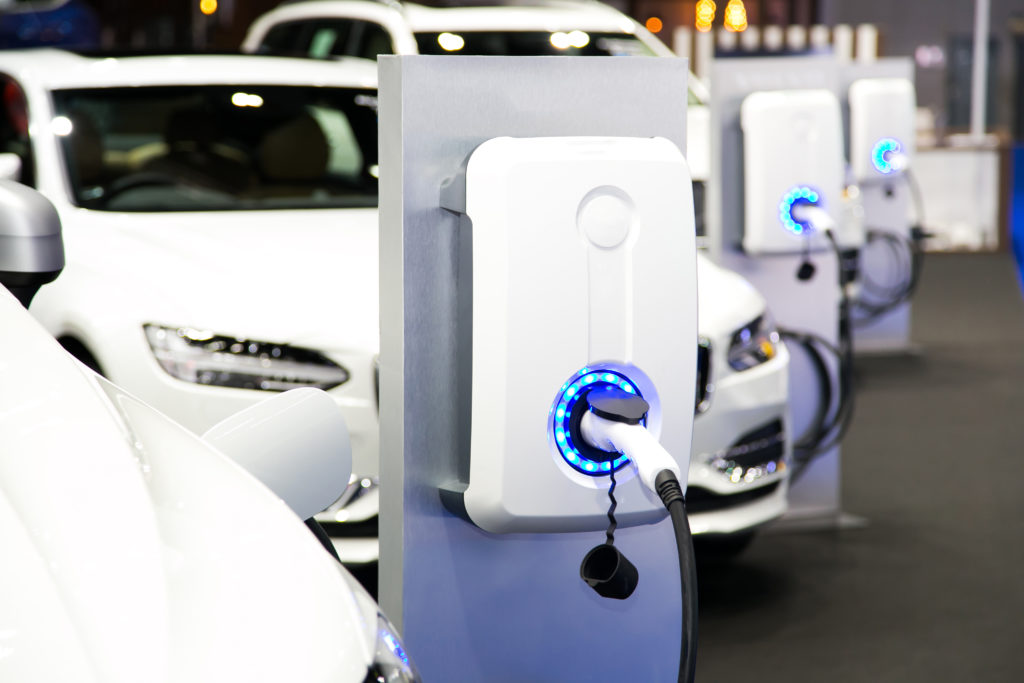
Developers of new
commercial and residential properties will soon have to install electrical
infrastructure to support electric vehicle (EV) charging stations on a
percentage of parking spots.
The recently approved 2021
version of the International Energy Conservation Code (IECC) will require new
commercial properties with two or more parking spaces to include at least two
EV ready spaces. The IECC defines an EV ready space as one that has a
40-ampere, 208/240-volt dedicated branch circuit to support a Level II charger. New commercial developments with 26 or more
parking spaces would be required to also make 20 percent of all spaces “EV
capable” which is defined as having electrical panel capacity and space to
support a branch circuit to each parking space.
The 2021 IECC places the
same requirements on new multi-family developments. New one- and two-family
dwellings will be required to include at least one EV Ready space per unit.
The State of Maryland
typically adopts each new version of the IECC within 18 months of it being
finalized.
In its decision to
implement the changes, the International Code Council noted that EV adoption is
a key climate strategy to reduce greenhouse gas emissions from the U.S.
transportation sector. EV sales in the United States grew 80 percent from 2017
to 2018. According to the Edison Electric Institute, the number of EVs on
American roads is expected to grow from 1 million at the end of 2018 to 18.7
million by 2030.
To recharge those
vehicles, however, the country will need 9.6 million charging stations. Under
the 2021 IECC rules, commercial properties will supply 13 percent or 1.2
million stations. New residential construction will deliver 7.5 million (78
percent) and public sites will deliver the remaining 900,000 stations.